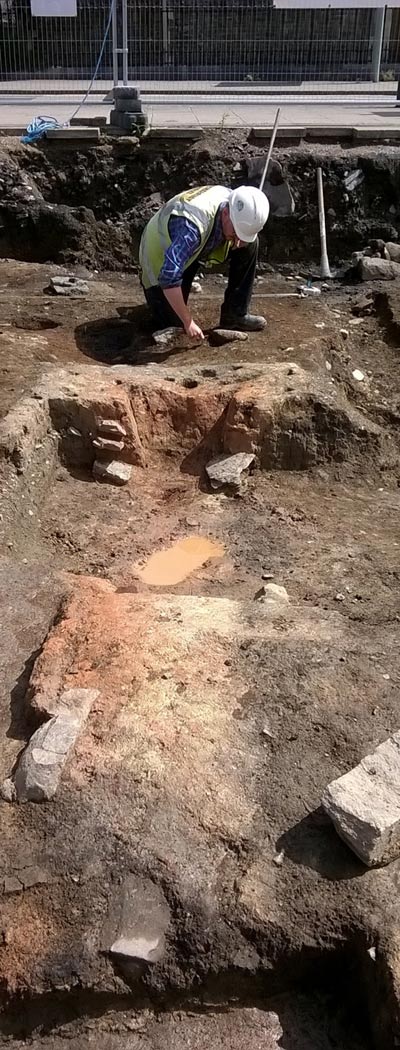In our region the local planning authorities make decisions based on advice provided by Dyfed Archaeological Trust (DAT). In Dyfed DAT provide archaeological advice to:
Professional knowledge and reference material such as the Historic Environment Record along with the application details are appraised to provide advice to the planning authority.
If archaeological work is required an archaeological condition is placed on the planning consent. This will indicate the nature of the archaeological work required.
If a site is protected as a Scheduled Monument, has Listed Building Status, in a Conservation Area, or is within a protected landscape there are additional regulations/laws that must be adhered to. If you are a developer you should make yourself aware of these regulations/laws.
Applicants have to ensure compliance with a planning condition. They will usually appoint an archaeological contractor; the applicant/developer is responsible for appointing a contractor and paying for any work undertaken.
The contractor works to ensure the applicant fulfils the archaeological planning condition through prescribed fieldwork, reporting and archiving of records.
The archaeological report is the document that is submitted to the Local Planning Authority on completion of the work to demonstrate the work was carried out in line with requirements.
The applicant/developer can appoint whoever they want but the contractor must adhere to the Chartered Institute for Archaeologists (CIfA) Code of Conduct and to relevant CIfA standards and guidance.
If you are in the process of submitting a planning application DAT suggest the following:
- Get early advice. DAT are happy to provide advice on your planning application.
- Initial advice is provided free, but it is up to the planning applicant, to obtain and pay for archaeological information to support the application or to comply with a planning condition.
- Archaeological remains are fragile and once destroyed cannot be replaced. The planning system is designed to protect these remains. If they cannot be protected then good planning will ensure a record of them is made before they are damaged or destroyed.
- Some of the most amazing archaeological discoveries over the past decades have been due to archaeological conditions placed on planning consents.
DAT has produced ‘A Householder’s Guide to Archaeology and Planning in Wales’ to assist people who are considering applying for planning permission or have received planning permission.






